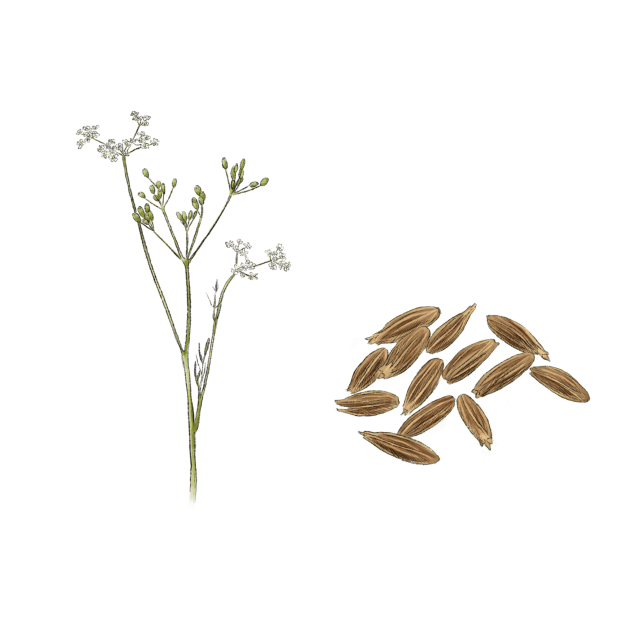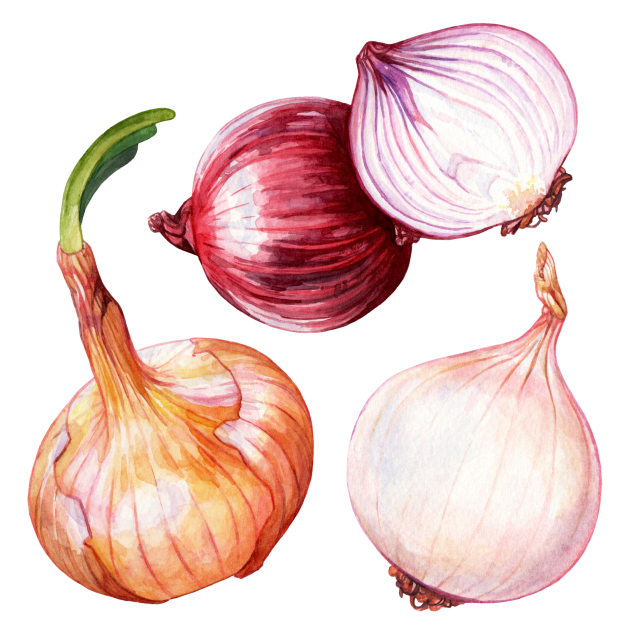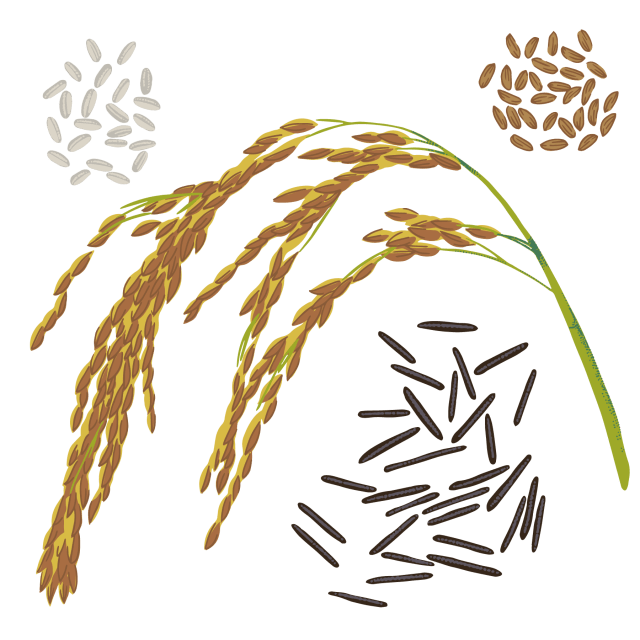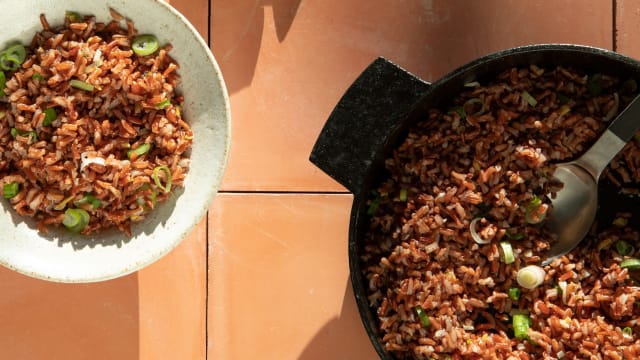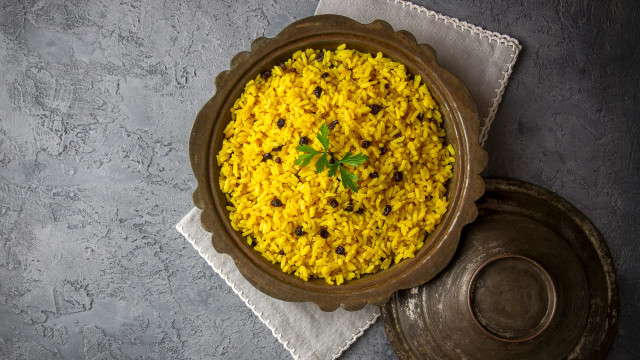Pakhala
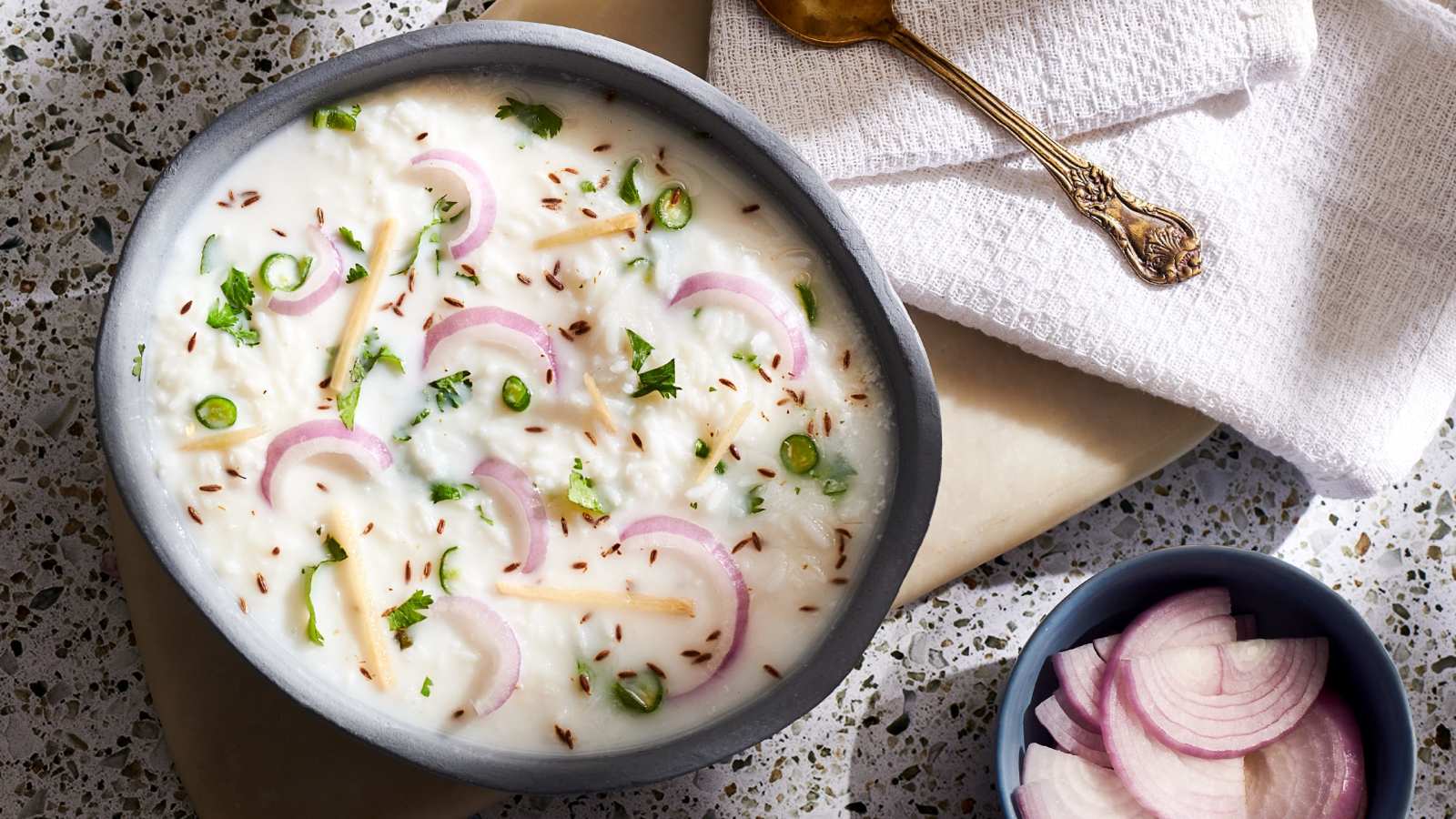
Pakhala
Description
Pakhala, a traditional dish from Odisha, replaces rice and dal in summer with fermented watery rice. It’s tangy, refreshing, and cooling. Pakhala helps maintain electrolyte balance due to its high potassium content. The fermentation process boosts iron, adds probiotics, and increases resistant starch, which aids digestion, lowers cholesterol, and supports gut health.
Ingredients
2 to 4 SERVES
- 1 cup (200 g) parboiled Bhajana or Karanee rice, or any medium-grain parboiled rice , soaked for 30 minutes
- 6-7 cups (1½ liters or qts) of water to cook the rice
- 1-2 tsp sour dahi or yogurt, including whey
- 1 tsp roasted cumin seeds
- 1 green chile, finely chopped
- 1-inch piece of ginger, julienned or grated
- 5-6 sprigs of cilantro, roughly chopped
- 1 small (50 g) onion or 4-5 shallots, finely chopped
- ½ a lemon
- Salt
Directions
-
Step 1
In a large thick bottom pot, bring water to a boil. Drain the rice and add to the water in the pot. Cover and simmer for 10-12 minutes, or until the rice is soft. Test by crushing a few grains between your finger and thumb. The rice should be softer than table rice . Drain the water through a strainer. Let the rice cool completely to room temperature. -
Step 2
Transfer the rice to a clay pot or any large non-reactive bowl (glass or ceramic is fine). Add enough water to cover the rice and by 1-2 cm . Gently stir in the curd. Cover with muslin or cheesecloth and leave to ferment for 10-12 hours or till the water is cloudy. When the pakhala is ready, a few stray bubbles also pop up in the water and the rice gives off a sweet-sour smell. -
Step 3
Add the cumin, chile, ginger, cilantro, and onion. Squeeze the lemon juice in, season with salt, and serve with sides like sautéed greens, mashed veggies, or fried fish. To save any leftovers, drain the water, replenish with fresh water, and cover and leave in the cool, dark place. Do not refrigerate and consume it the next day. Alternatively, you can save 1 cup of the fermented water and refrigerate in a glass bottle for up to a week to use it as a starter for the next batch of pakhala. The starter also deepens the flavor of the pakhala.

